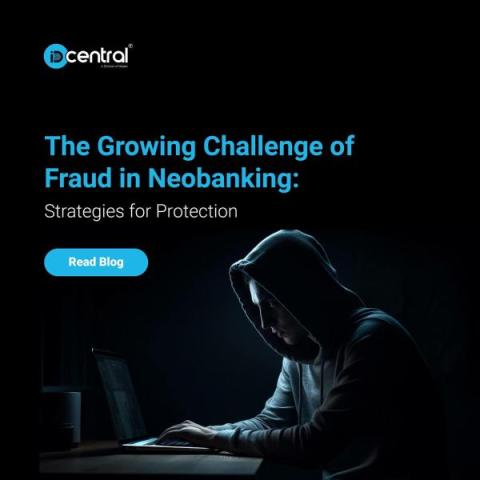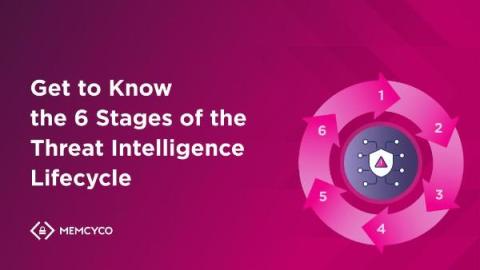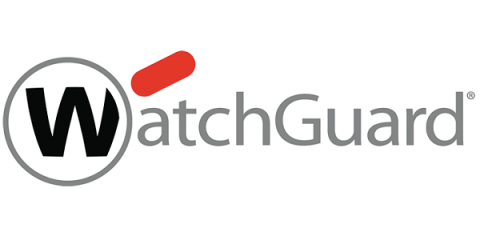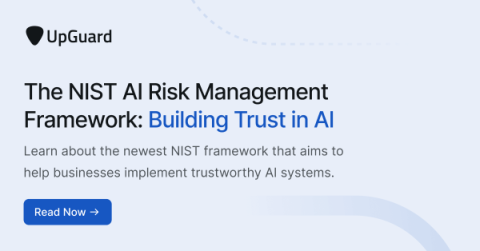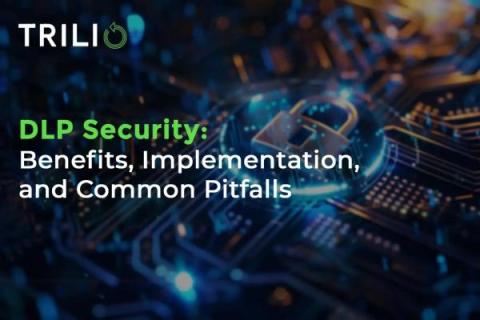CVE-2024-3400: Critical Vulnerability in GlobalProtect Feature of PAN-OS being Actively Exploited
On April 12, 2024, Palo Alto Networks published a security advisory detailing an actively exploited maximum severity vulnerability (CVE-2024-3400, CVSS: 10.0) affecting the GlobalProtect feature of PAN-OS. This vulnerability affects PAN-OS 10.2, PAN-OS 11.0, and PAN-OS 11.1 firewalls when configurations for both GlobalProtect gateway and device telemetry are enabled. An unauthenticated remote threat actor can exploit this vulnerability to execute arbitrary code with root privileges on the firewall.





